Background
In the years of the pre-war lull, the majority of states, even within the framework of secret developments, staked on the mechanization of their armed forces, because it was already clear to everyone that the new war was a war of engines. And although the vision of the ideal concept of using tanks from different engineering schools was quite different, it is worth understanding that two important ideas in the early thirties captured the minds of almost all the world's designers - the concept of dividing tanks into infantry and cavalry. As a matter of fact, this was quite a popular solution.
In 1938, the Wehrmacht's use of PzW.III (cavalry) and PzW.IV (infantry) tanks in Austria and the Czech Republic showed the success of such a concept in combination with the very idea of maneuver blitz-crime. In short order, everyone began to adjust. While Britain, France, and the United States already had ideas and developments on these concepts, some countries had to catch up. Such was the Soviet Union, such was Japan. And the war it started in China became a cause of concern for the countries of the region. This was the reason to start the development of the first purely Australian tank. But, circumstances made themselves known - for a long time it was considered better to buy equipment in Britain, but, soon, after the fall of France and the beginning of the war in North Africa, it became clear to everyone - the British have nothing to give. They themselves barely have enough tanks for themselves. But the Australians grabbed their heads, so to speak, quite in time, and when the British and ANZAC began to shed blood in Libya, in Australia itself, not far from Melbourne, began to develop the project of a new medium tank. Colonel Alan Chamberlain, was put in charge of it. And his way, a voyage, let's say, brought him to the USA, where he managed to visit the tests of the M3 Custer tank. The Australians liked the vehicle in many ways, but it turned out that the reckless layout of the vehicle made it clumsy and unsuitable for the conditions in which ANZAC was to fight. And the 105 millimeter howitzer seemed too excessive for a cruiser tank. But they were interested in the suspension of the vehicle.
Engineer Christie's brainchild performed satisfactorily in the tests, and the concept of a new combat vehicle was already brewing in the minds of the Australians.
Development
The development of the combat vehicle began on July 12, 1939, with a directive from the Australian Army High Cabinet to develop a new combat vehicle. The technical requirements were fairly typical. The vehicle was to have 26 tons of mass, armor of 50-60mm in the forehead and a little less in the hull. The turret was strongly recommended to be armored in the same way. Quite acute was the question of armament of the future machine. In the technical specification it was assigned to have one rapid-firing cannon of 40mm caliber, and from 2 to 4 machine guns, and one of them should be located in its own turret in the hull of the vehicle, by analogy with tanks Cruiser Mk.1 or Cruiser Mk.1. Running characteristics also had to be on the level - at least 45km/h on rough terrain and 55km/h on flat road. And an important point was that the machine should be easy to handle and inexpensive to produce. The development was carried out by specialists from the Melbourne branch of the Vickers Armstrong plant.
First prototype
The construction of the first model of the machine was already started in September 1939. The machine under the index AM-39P was tested in 1940, in January.
At the tests, the machine showed itself quite brisk and confident, developed speed even higher than the design speed by 2km/h. Firing of the already fully armored Voyager showed that the machine can hold a Boyce APC from a distance of 2 km and a British two-pounder cannon from 1500m. However, with armor did not work out well, as the structure of the undercarriage did not allow to make a car weighing more than 20 tons. As a result, the machine received 45mm in the forehead, 30mm on the sides and other points.
The vehicle was armed with a 40mm gun QF 2pdr. Also the machine was equipped in the pre-production model with a turret with 7.92 mm BESA machine gun.
This is how the AM-39P came out, although the machine was still far from ideal, but even so, 33 machines from the P series were produced, which managed to fight in North Africa
Specifications
Spotlights
- Atrocitum 1.3 years ago
- SILVERPANZER 1.4 years ago
General Characteristics
- Created On Android
- Wingspan 11.5ft (3.5m)
- Length 27.7ft (8.5m)
- Height 11.7ft (3.6m)
- Empty Weight 11,238lbs (5,097kg)
- Loaded Weight 12,259lbs (5,561kg)
Performance
- Wing Loading 36,447.5lbs/ft2 (177,952.3kg/m2)
- Wing Area 0.3ft2 (0.0m2)
- Drag Points 9936
Parts
- Number of Parts 232
- Control Surfaces 0
- Performance Cost 1,008





@RyadovoiGusenichka Я этот комментарий почему то ожидал....
Сделай версию, но с главным достоинством Британии.
Будет тебе 2 апвоута.